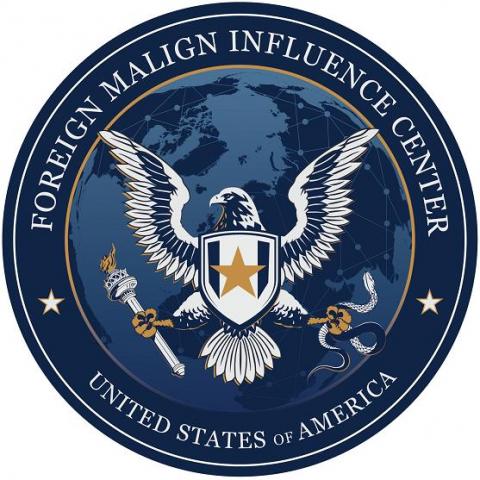More InterPlanetary File System Services Use Also Means Phishing Abuse by Cybercriminals
The InterPlanetary File System (IPFS), a distributed file-sharing system that represents an alternative to the more familiar location-based hypermedia server protocols (like HTTPS), is seeing more use in file-storage, web-hosting, and cloud services. As might be expected, more use is accompanied by more abuse via phishing attacks.




